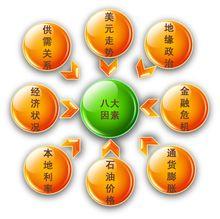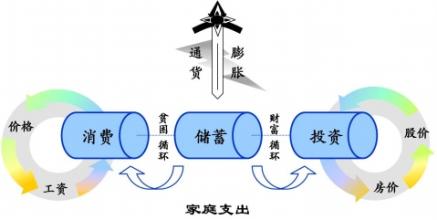系列专题:《美国经济灾难的前因后果:美国大萧条》
[38]参见Lester V.Chandler, Benjamin Strong, Central Banker(Washington, D.C.: Brookings Institution, 1958), p.39。只是因为沃伯格和J.P.摩根公司的亨利·戴维森(Henry Davison)的坚持,所以斯特朗接受了纽约银行的职位。
[39]参见H.Parker Willis, "The Banking Problem in the United States," in H.Parker Willis, et al., "Report of an Inquiry into Contemporary Banking in the United States", pp.31-37。 [40]参见A.S.J.Baster, "The International Acceptance Market," American Economic Review(June, 1937):298。 [41]参见Charles Cortez Abbot, The New York Bond Market, 1920-1930(Cambridge, Mass.: Harvard University Press, 1937), pp.124ff。 [42]参见Hardy, Credit Policies, pp.256-257;亦参见Hearings on Operation of National and Federal Reserve Banking Systems, Appendix, Part C. pp.852ff。 [43]联储也购买英镑汇票以帮助英国,比如在1929年后期购买0.16亿美元,在1927年夏购买了0.10亿美元。参见Hardy, Credit Policies, pp.100ff. [44]对德国大量信贷开始于1924年的"道斯贷款"(Dawes loan),这是对道斯计划的一种修补,以 J.P.摩根为首的投资银行辛迪加将1.1亿美元贷款借给德国。 [45]沙赫特在1925年亲自去了纽约,并就此事向银行施压,他和吉尔伯特以及德国财政部官员以同样的口气向纽约的银行发电报。大通银行(Chase National Bank)从事证券业务的分行同意了这些请求。参见Anderson, Economics and the Public Welfare, pp.150ff;亦参见Garet Garrett, A Bubble That Broke the World(Boston: Little, Brown, 1932), pp.23-24, and Lionel Robbins, The Great Depression(New York: Macmillan, 1934), p.64。
[46]"在1925年后期,来自美国14个不同投资银行的代表在德国恳请德国的各州政府和市政府前来贷款。参见Anderson, Economics and the Public Welfare, p.152;亦参见Robert Sammons, "Capital Movement," in Hal B.Lary and Associates, The United States in the World Economy(Washington, D.C.: U.S.Government Printing Office, 1943), pp.95-100; Garrett, A Bubble That Broke the World, pp.20, 24。 [47]参见Clark, Central Banking, p.333。早在1924年,FRB就建议用美国承兑汇票信贷为出口德国的棉花提供资金支持。 [48]参见H.Parker Willis, The Theory and Practice of Central Banking(New York: Harper and Bros., 1936), pp.210-212, 223。 [49]Hearings on Operation of National and Federal Reserve Banking Systems, pp.852ff. [50]Clark, Central Banking, pp.242-248, 376-378; Hardy, Credit Policies, p.248. [51]Hearings on Operation of National and Federal Reserve Banking Systems, Appendix, Part 6, pp.847, 922-923. [52]但也不能说完全没料到,因为我们发现斯特朗总裁在1922年写道,公开市场购买的一个主要原因是"确定利率水平……这个利率水平要便于外国在这个国家借贷……同时要便于改进商业"。参见本杰明·斯特朗致财政部副部长S.帕克·吉尔伯特的信,(1922年4月18日);Chandler, Benjamin Strong, Central Banker, pp.210-211. [53]Harold L.Reed, Federal Reserve Policy, 1921-1930(New York: McGraw?Hill, 1939), pp.20,以及14-41。米勒(Miller)理事同样认为:"尽管价格在上升,生产和贸易也在上升,生产迟早会赶上物价的上涨。"同上,第40-41页。 [54]参见Chandler, Benjamin Strong, Central Banker, pp.222-233, esp. p.233。亦参见Hardy, Credit Policies, pp.38-40; Anderson, Economics and the Public Welfare, pp.82-85, 144-147。 [55]见H.Parker Willis, "What caused the Panic of 1929," North American Review(1930):178; Hardy, Credit Policies, p.287。购买政府债券所得的收入可以免税也刺激了银行的购买活动。参见Esther Rogoff Taus, Central Banking Function of the United States Treasury, 1789-1941(New York: Columbia University Press, 1943), pp.182ff。
 爱华网
爱华网



